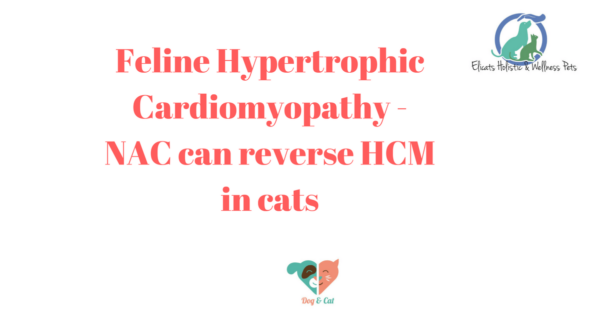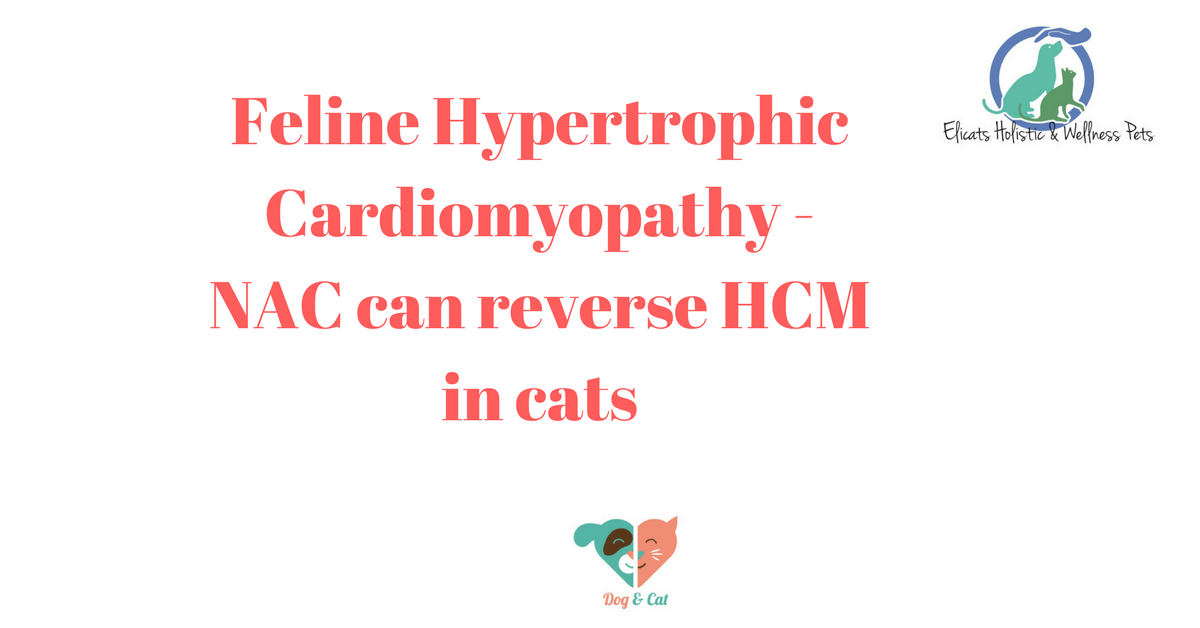Feline Hypertrophic Cardiomyopathy NAC can reverse the HCM in cats, HCM is characterized by concentric hypertrophy of the myocardium in the absence of identifiable causes of pressure overload, the hypertrophic cardiomyopathy (HCM) is the most common form and affected cats may exhibit concentric left ventricular hypertrophy or asymmetrical. The ultrasound diagnosis of HCM should be performed by detecting the images (echocardiography) the ventriloquist left in cross-section obtained in M-mode from a right parasternal .
In cats, there is the prevalence of race, suggesting a hereditary component of HCM. It was described in the breed Maine Coon, Ragdoll, Birman, Persian, Bengal, Norwegian Forest, Siberian, Sphynx, Scottish Fold , Cornish Rex, European, British Shorthair, Chartreux, Bengal and Norwegian Forest cats. Two mutations of the protein myosin-binding C 3 (MYBPC3) have been identified in Maine Coon and Ragdoll. Males are more susceptible and feline HCM is more common in young cats (5 months to 6 years of age), in the presence of HCM mild to moderate disease may be asymptomatic, in severe cases, cats are lethargy, weight loss , tachypnea and dyspnea due to pulmonary edema , pleural effusion, or both, sometimes vomiting immediately after eating. When the Feline Hypertrophic Cardiomyopathyis advanced is in many cases an arterial thromboembolism Systemic with acute paralysis or even sudden death.
Feline Hypertrophic Cardiomyopathy – NAC can reverse HCM in cats
hypertrophy of the left ventricle the diagnosis
The presence of hypertrophy of the papillary muscles or segments of part or ventricular septal or complete obliteration of the ventricular lumen at the end of systole elements are sufficient for a diagnosis of cardiomyopathy ipetrofica. It is also noted in the case Feline Hypertrophic Cardiomyopathy left atrial enlargement and in some cases a bi-atrial dilation.
The measurements of the wall thickness In M-mode left ventricular ( Wall Thickness Rear Left Ventricle in Diastole ) allow to classify the hypertrophic cardiomyopathy :
- Left ventricular diastolic thickness to 5.5 mm HCM: Normal
- Left ventricular diastolic thickness 5.5 to 6.0 mm HCM: mild / Borderline
- Left ventricular diastolic thickness of 6.5 to 7.0 mm HCM: moderate
- Left ventricular diastolic thickness> 0.7 mm severe
The diagnosis is mainly based on Echocardiography:
-
Increased ventricular thickness (≥ 5.5 mm), symmetrical or asymmetrical. Sometimes, the hypertrophy is the only mm. papillary (start sign).
-
Increased left atrium – (LA-Left Atrium) with increased pressure in the LV (left ventricle / left ventricle) at the end of diastole.
-
Decreased intraventricular size.
-
Analysis of blood, as well as the measurement of blood pressure , are performed to exclude other systemic diseases that can cause Feline Hypertrophic Cardiomyopathy.
- Cardiac Biomarker (markers) as NT-ProBNP or cardiac troponin inhibitory have a diagnostic and prognostic value. NT-proBNP is useful to differentiate patients with respiratory disease against heart disease and as a screening test for asymptomatic patients. The Troponin has more prognostic value.

Feline Hypertrophic Cardiomyopathy – Treatment
Use of beta blockers in the course of Feline Hypertrophic Cardiomyopathy as atenolol is controversial ; recent studies have revealed how the atenolol did not help cats with HCM.
The goals of treatment for Feline Hypertrophic Cardiomyopathy include heart rate control, relieve the pulmonary congestion, removal of the pleural fluid (if present), and adopt an anticoagulant therapy. Anticoagulant therapy (Clopidogrel) is also preferable to administer asymptomatic cat to prevent thromboembolism. In severe cases, the veterinarian may prescribe Acetylsalicylic acid (every 72 h) and / or heparin.
In the presence of pulmonary edema is done with or ossigeno, diuretics: furosemide, nitroglycerin, thoracentesis in severe cases.
[irp posts=”10792″ name=”Dimethylglycine (DMG) N-acetylcysteine cats dogs”]
*Update Personal Study Feline Hypertrophic Cardiomyopathy and NAC administration April / June 2017*
Since a few months ago he has been added to the family another hairy brother about 4/5 years suffering from Hcm … and not only … I take this article to date by recent studies on the use of N-acetylcysteine –
NAC reduces and prevents cardiac hypertrophy. Several animal studies have demonstrated the reversibility of fibrosis and hypertrophy, allowing you to open new therapeutic perspectives! Link (source) .
– On the web (many non ITA) I have not read or found other evidence on the use of NAC being Feline Hypertrophic Cardiomyopathy
I hope this time not to make mistakes and to have the right intuition, as happened earlier with the discovery and delivery of Cordyceps medicinal mushroom in the course of renal failure chronic for my cat (year 2011)
** If you want to start administering the NAC for your cat it is important to inform your Vet NAC interferes with some drugs - may have side effects **NAC can also help in case of myelopathy, degenerative in dogs , in the course of chronic kidney failure , respiratory diseases and FIV .
The abdominal ultrasound GattoConiglio is also characterized by: Outcomes of multiple bilateral renal infarctions. As the NAC helps in chronic kidney failure and prevents kidney damage GattoConiglio for the integration of NAC I would say it is essential!
Why is it important to start talking as is the case already in the human syndrome CVRD “Cardiovascular-Renal Disorders also in veterinary medicine? the correlation between heart disease and kidney disease.
[irp posts=”17067″ name=”CvRD Cardiovascular Renal Disorders Sindrome cardiorenale”]
Feline Hypertrophic Cardiomyopathy – NAC can reverse HCM in cats – Latest Human studies
The basic question in the case of feline HCM is whether the cardiac hypertrophy and fibrosis, once established, can be reversed. The current in human drug treatment is largely empirical, and no one has even prevented, mitigated or reversed cardiac hypertrophy or altered the prognosis, the mainstay therapy is the use of beta blockers effective for symptomatic relief, but do not for the reversal of the cardiac phenotype.
Studies show that cardiac hypertrophy and fibrosis can be avoided, mitigated, through genetic and pharmacological interventions, the most promising experimental therapy is N-acetylcysteine (NAC) , because it completely reverses cardiac hypertrophy and diastolic dysfunction.
A pilot study initiated in 2012 and completed in 2015 on 75 men suffering from hypertrophic cardiomyopathy had as its primary objective to evaluate the safety and collect data for subsequent studies and efficacy of N-acetylcysteine. A group of patients with HCM is treated with placebo and another group of patients with two increasing doses of NAC, the study determines any side effects of NAC and estimate the size of the effect on cardiac hypertrophy indexes. NAC, an antioxidant , the most important precursor of glutathione .

